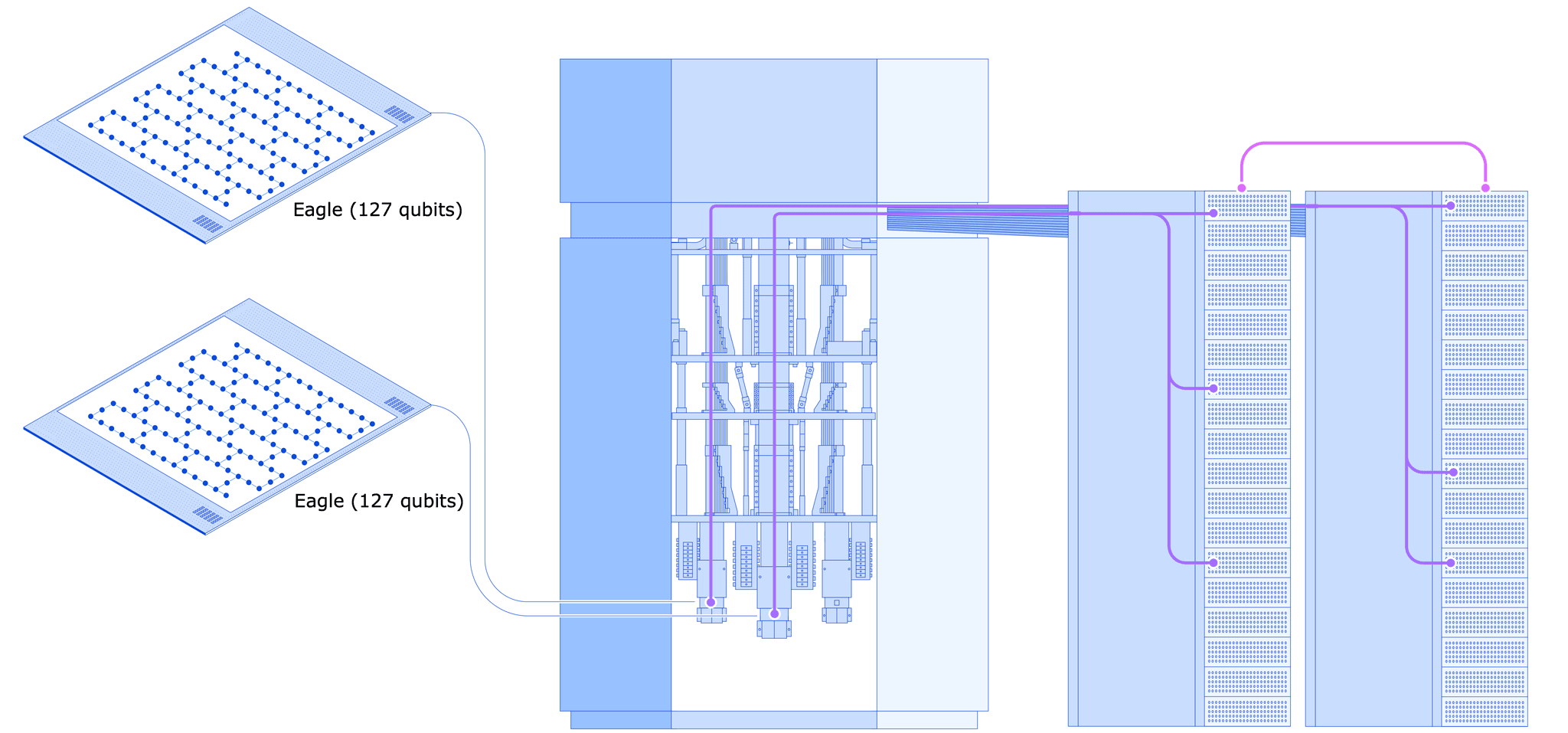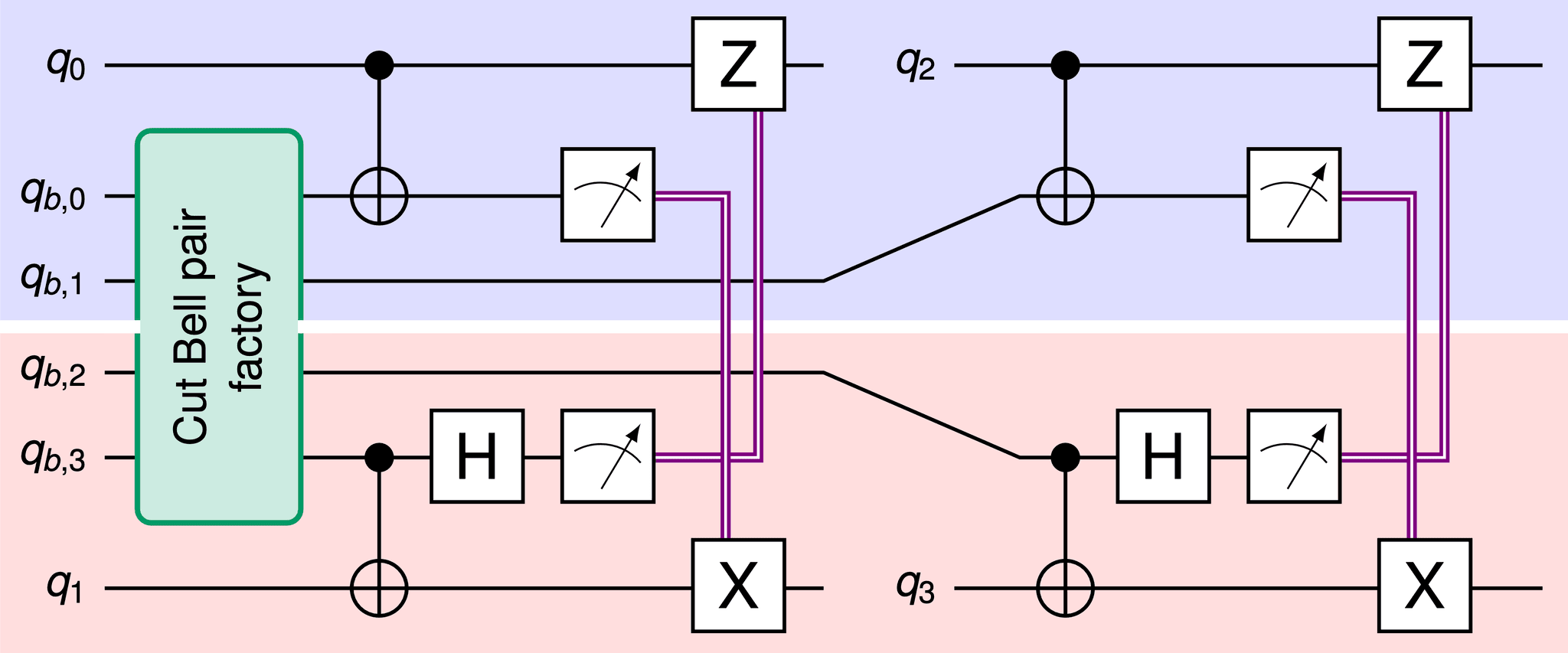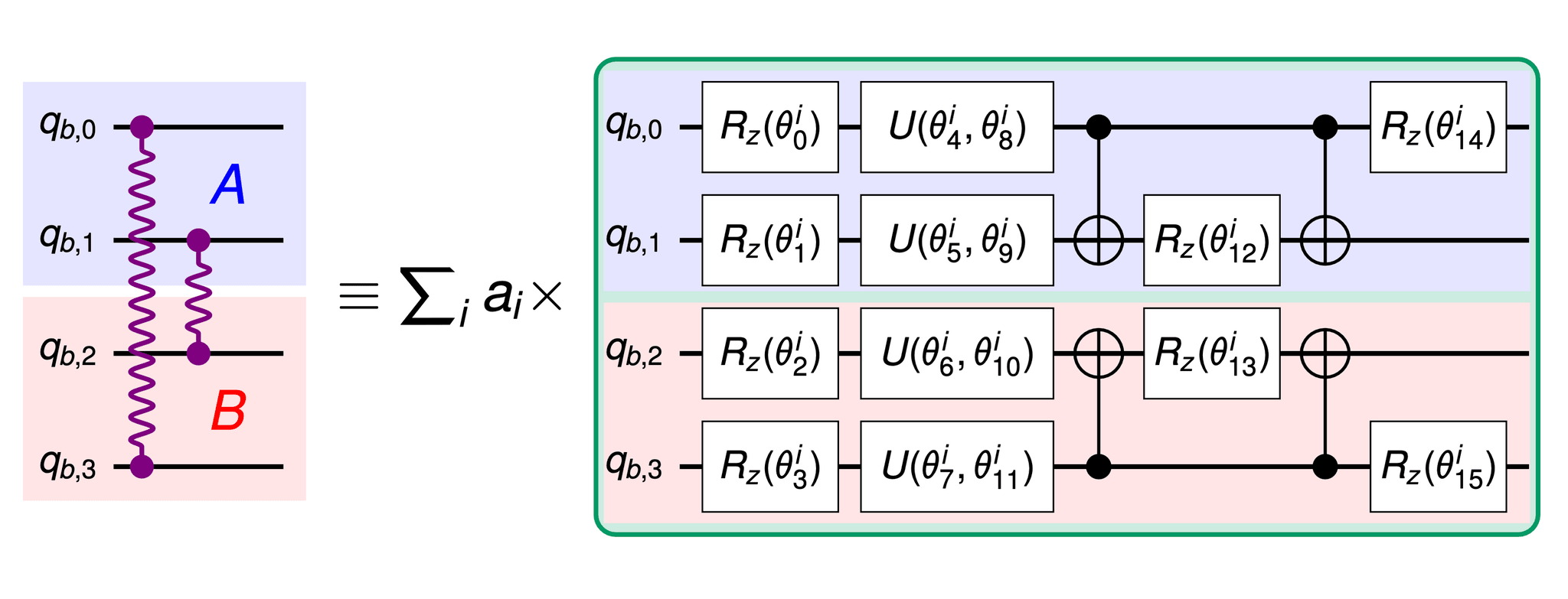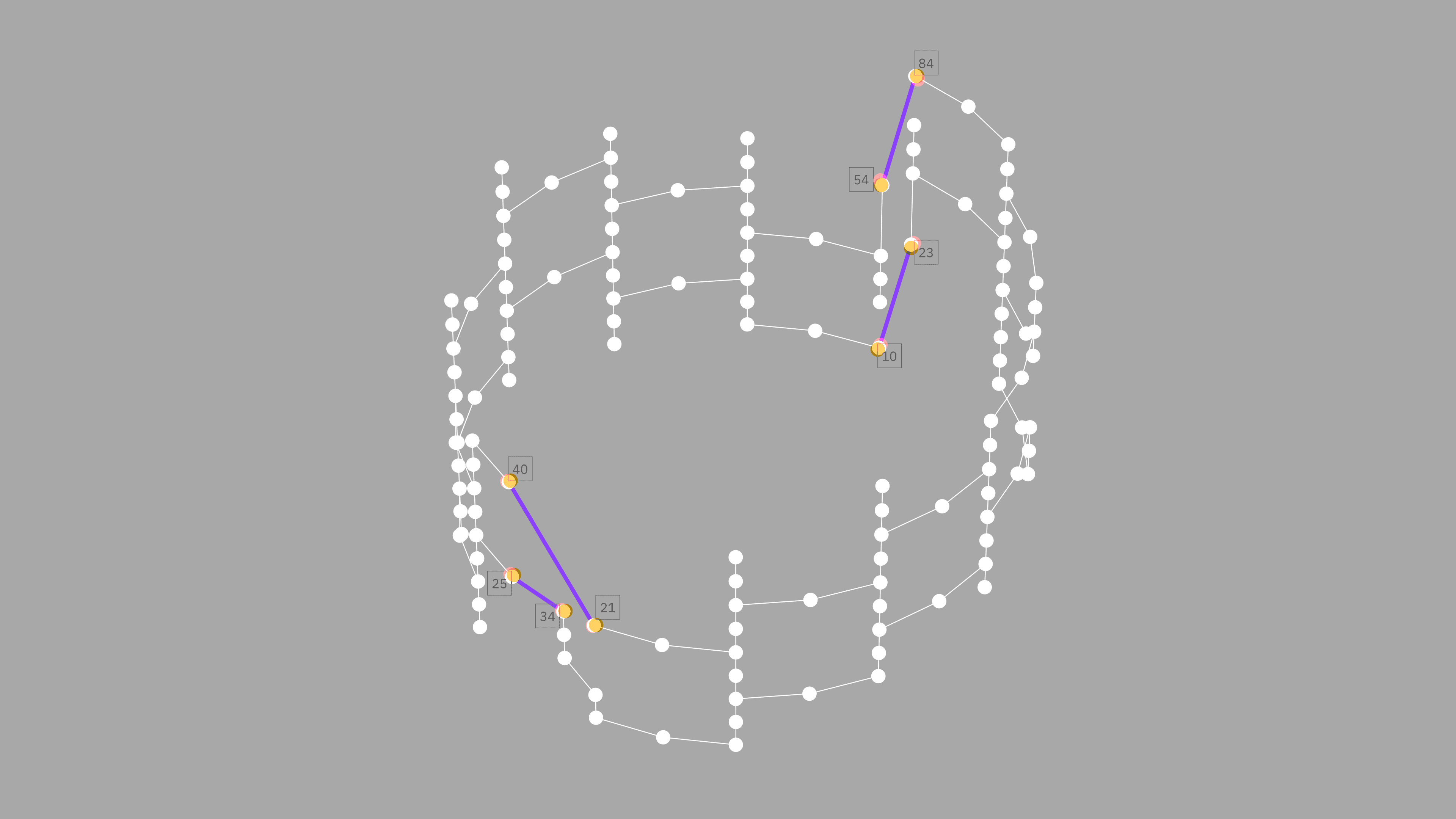Dynamic circuits enable circuit cutting for quantum supercomputing
The research paper published in Nature discusses a significant step forward in quantum computing, specifically focusing on how two connected quantum processors can work together to execute a quantum circuit that is too large for either processor to handle on its own. This breakthrough is important because it marks the first demonstration of using multiple quantum processors in tandem, a concept that could help scale quantum computing for larger, more complex problems.
 Reference: Source of the image
Reference: Source of the image
Currently, most classical supercomputers are built by connecting many CPUs and GPUs together to solve big problems. The researchers suggest that quantum computers of the future will follow a similar approach, using multiple quantum processing units (QPUs) working together. This is part of a larger vision of Quantum-Centric Supercomputing (QCSC), where quantum processors and classical computers work side by side to tackle computational tasks.
 Reference: Source of the image
Reference: Source of the image
To enable this, the researchers used a technique called "circuit cutting," which allows a large quantum circuit to be divided into smaller pieces that can be handled by individual QPUs. They then used classical computers to combine the results of these sub-circuits. The main challenge here is performing two-qubit operations (which are fundamental to quantum computing) between qubits located on different processors. The team developed a method using "virtual gates" and a process called teleportation to simulate entanglement between qubits on separate processors, which made it possible to perform these operations across two QPUs.
The researchers also tackled the issue of errors that occur when quantum processors "idle" during the process. They created an innovative error mitigation strategy, improving the accuracy of the quantum calculations. This is crucial because even small errors can significantly impact the results of quantum computations.
 Reference: Source of the image
Reference: Source of the image
One of the main outcomes of this research is that it extends the capabilities of quantum hardware beyond the limitations of single processors. For example, the team was able to simulate a quantum state with 142 qubits using two 127-qubit processors. This is an important advancement for future quantum computing applications, such as simulating natural systems or improving quantum error correction techniques.
 Reference: Source of the image
Reference: Source of the image
Ultimately, this research shows that even with current quantum processors, it’s possible to explore larger, more complex problems, and it paves the way for future breakthroughs in quantum computing and supercomputing.
